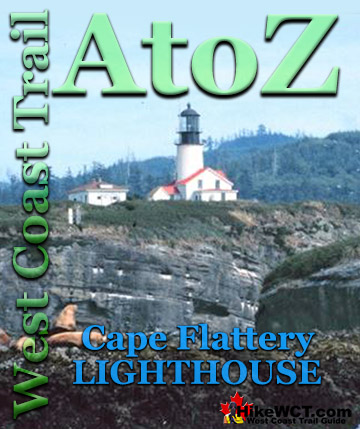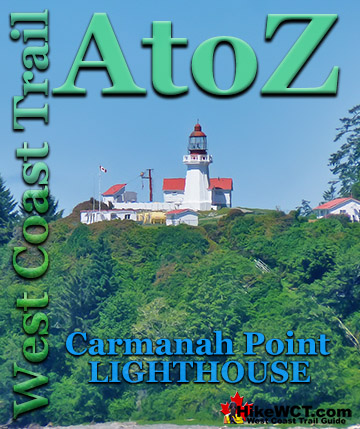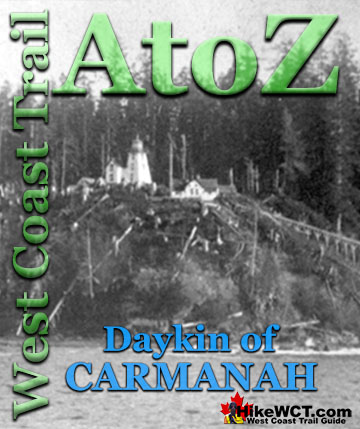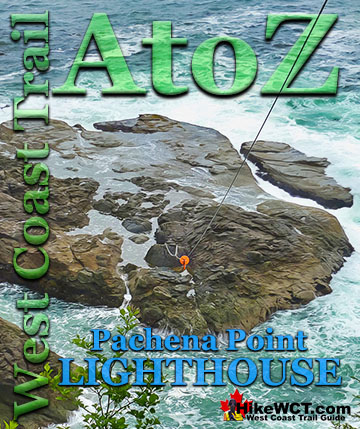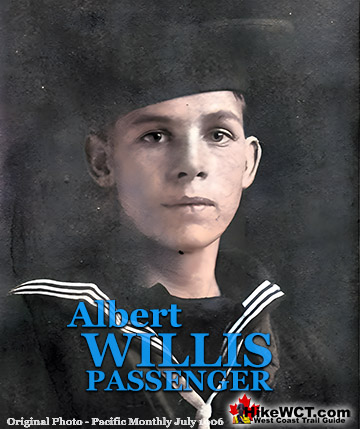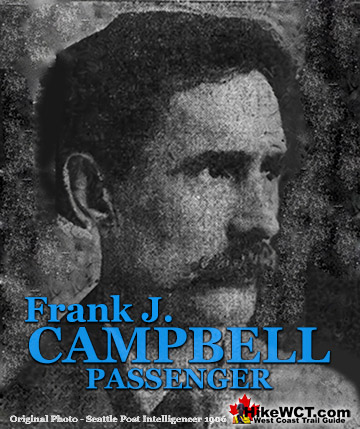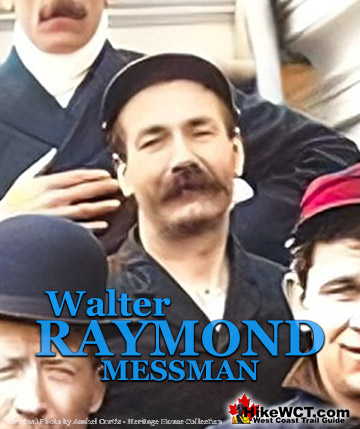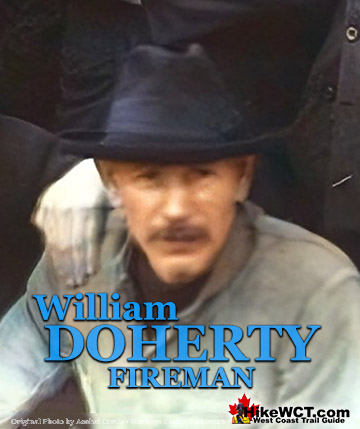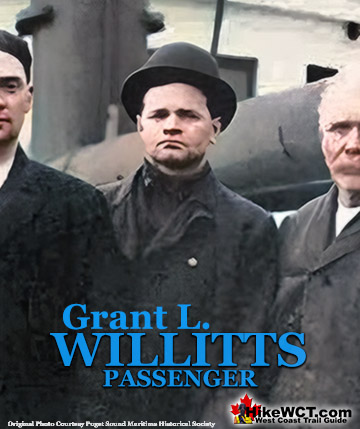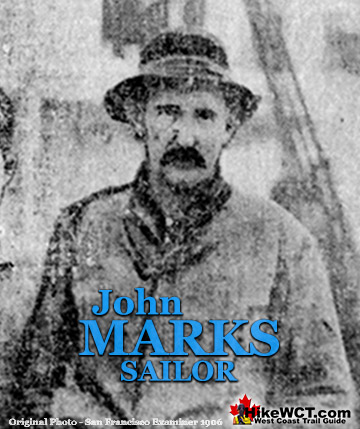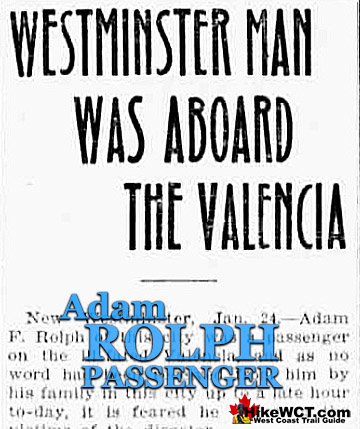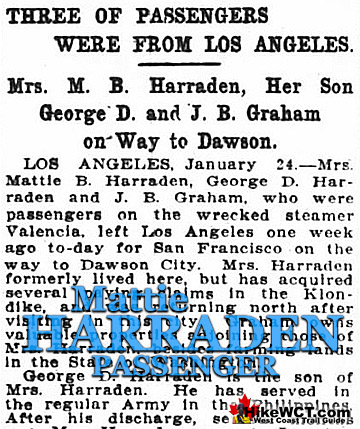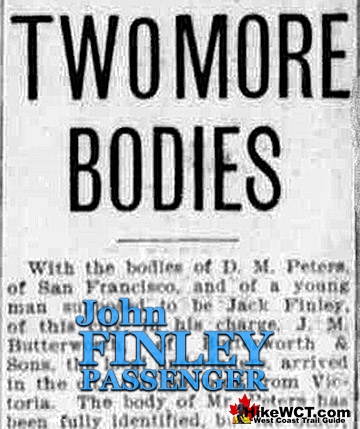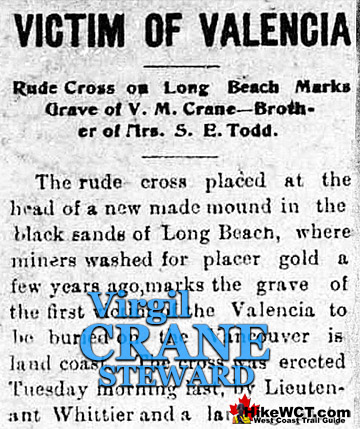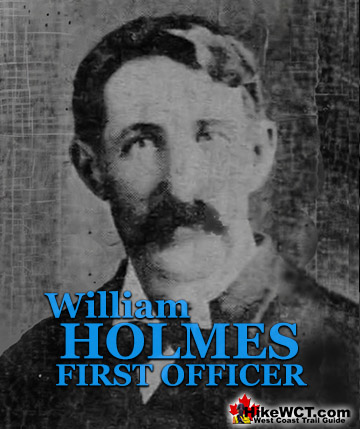Books About West Coast Trail Shipwrecks
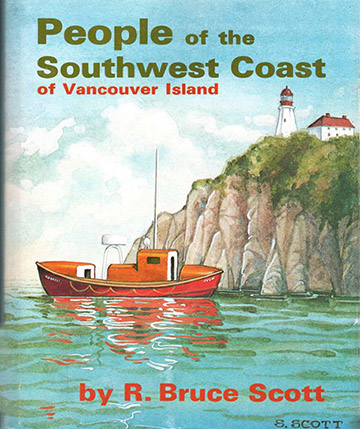
![]() People of the Southwest Coast of Vancouver Island is R. Bruce Scott's third wonderful book on the southwest coast of Vancouver Island. His first book was "Breakers Ahead!", which focussed on the incredible number of shipwrecks along the coast of Vancouver Island. His incredible knowledge of the area allowed him a deeper understanding of the tragic events along the coast. "Breakers Ahead!" is arguably the best book on West Coast Trail shipwrecks.
People of the Southwest Coast of Vancouver Island is R. Bruce Scott's third wonderful book on the southwest coast of Vancouver Island. His first book was "Breakers Ahead!", which focussed on the incredible number of shipwrecks along the coast of Vancouver Island. His incredible knowledge of the area allowed him a deeper understanding of the tragic events along the coast. "Breakers Ahead!" is arguably the best book on West Coast Trail shipwrecks.
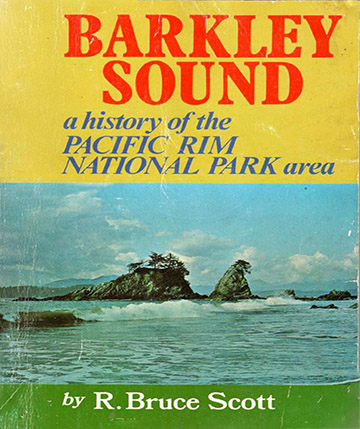
![]() R. Bruce Scott's second book, Barkley Sound a History of the Pacific Rim National Park Area is yet another incredible book by Scott and the second in his trilogy of books on the history of the west coast of Vancouver Island. This amazing book published in 1972 has a chapter on Pacific Rim National Park, a few chapters on some of the first European explorers. He then has chapters covering some of the trading posts and early settlements along the islands west coast.
R. Bruce Scott's second book, Barkley Sound a History of the Pacific Rim National Park Area is yet another incredible book by Scott and the second in his trilogy of books on the history of the west coast of Vancouver Island. This amazing book published in 1972 has a chapter on Pacific Rim National Park, a few chapters on some of the first European explorers. He then has chapters covering some of the trading posts and early settlements along the islands west coast.
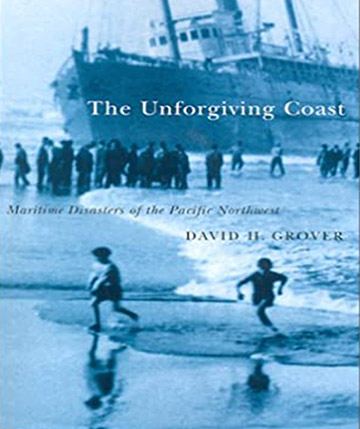
![]() The Unforgiving Coast is an excellent book which has separate chapters for some of the most tragic shipwrecks in the Pacific Northwest from Oregon to British Columbia. Though only one West Coast Trail shipwreck is found in this book, the Valencia, it is well worth reading as the author brings the story together in a very readable way. One good and bad aspect of the Valencia disaster is the great amount of public attention it garnered in the months and even years after.
The Unforgiving Coast is an excellent book which has separate chapters for some of the most tragic shipwrecks in the Pacific Northwest from Oregon to British Columbia. Though only one West Coast Trail shipwreck is found in this book, the Valencia, it is well worth reading as the author brings the story together in a very readable way. One good and bad aspect of the Valencia disaster is the great amount of public attention it garnered in the months and even years after.
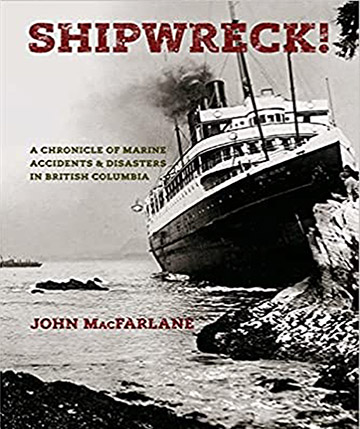
![]() Shipwreck! A Chronicle of Marine Accidents & Disasters in British Columbia by John MacFarlane is a massive book that contains a staggering 1850 of the best documented wrecks and marine disaster in British Columbia. There are an estimated one to three million shipwrecks worldwide and finding an estimate for the number along the coast of BC is difficult. It is though that many shipwrecks were unreported and unknown.
Shipwreck! A Chronicle of Marine Accidents & Disasters in British Columbia by John MacFarlane is a massive book that contains a staggering 1850 of the best documented wrecks and marine disaster in British Columbia. There are an estimated one to three million shipwrecks worldwide and finding an estimate for the number along the coast of BC is difficult. It is though that many shipwrecks were unreported and unknown.
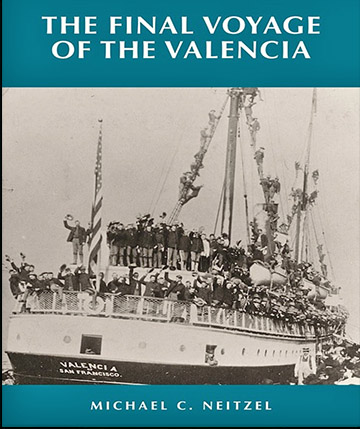
![]() Of the many shipwrecks along the West Coast Trail the Valencia stands out as shockingly horrific in almost every detail. First the ship wrecked just a few metres from the West Coast of Vancouver Island. She was intentionally driven up on the reef after an initial impact along an underwater ledge a few hundred metres further out. The quick thinking of the caption by crashing on the reef close to shore should have saved everyone, however over the next 36 hours most would die in the most heart wrenching and brutal ways.
Of the many shipwrecks along the West Coast Trail the Valencia stands out as shockingly horrific in almost every detail. First the ship wrecked just a few metres from the West Coast of Vancouver Island. She was intentionally driven up on the reef after an initial impact along an underwater ledge a few hundred metres further out. The quick thinking of the caption by crashing on the reef close to shore should have saved everyone, however over the next 36 hours most would die in the most heart wrenching and brutal ways.
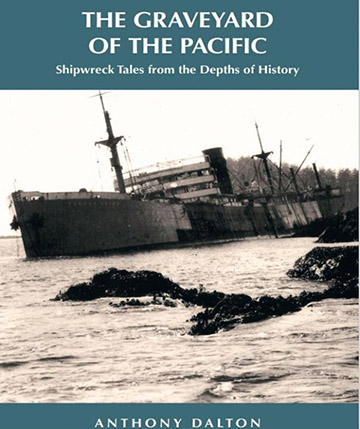
![]() The Graveyard of the Pacific: Shipwreck Tales from the Depths of History, by Anthony Dalton is a fantastic and inexpensive book to get a taste of some of the most interesting shipwrecks found along the West Coast Trail. The book is just 121 pages, but it leaves you with a great outline of the notorious Graveyard of the Pacific. The Prologue throws you into the nerve wracking moments just before the Valencia wrecked and the next horrifying 36 hours ensued.
The Graveyard of the Pacific: Shipwreck Tales from the Depths of History, by Anthony Dalton is a fantastic and inexpensive book to get a taste of some of the most interesting shipwrecks found along the West Coast Trail. The book is just 121 pages, but it leaves you with a great outline of the notorious Graveyard of the Pacific. The Prologue throws you into the nerve wracking moments just before the Valencia wrecked and the next horrifying 36 hours ensued.
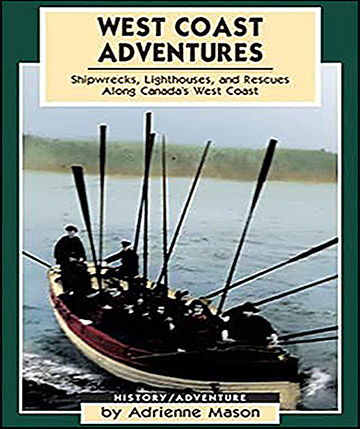
![]() West Coast Adventures: Shipwrecks, Lighthouses, and Rescues Along Canada’s West Coast by Adrienne Mason is a great book to get a taste of some of the more interesting shipwrecks along the West Coast Trail. There is also some interesting history on Bamfield, the making of the West Coast Trail and some great history of lighthouses along the trail and beyond. The Prologue begins with a short look at the horror of the Valencia shipwreck.
West Coast Adventures: Shipwrecks, Lighthouses, and Rescues Along Canada’s West Coast by Adrienne Mason is a great book to get a taste of some of the more interesting shipwrecks along the West Coast Trail. There is also some interesting history on Bamfield, the making of the West Coast Trail and some great history of lighthouses along the trail and beyond. The Prologue begins with a short look at the horror of the Valencia shipwreck.
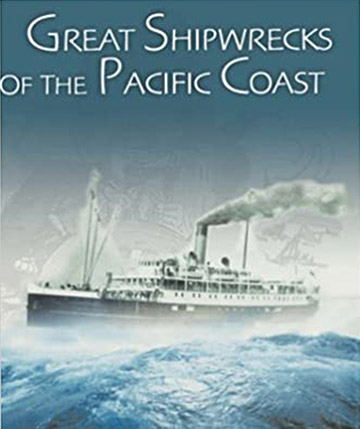
![]() Great Shipwrecks of the Pacific Coast by Robert C. Belyk is a wonderful book highlighting many of the most interesting shipwrecks along the Pacific Coast. The book is divided into 10 chapters, each about one remarkable shipwreck. The Valencia appears in the sixth chapter titled: "Valencia: Appointment with Death". Belyk has great, descriptive titles for each chapter, such as "Yankee Blade: Wreck of a Gold Ship".
Great Shipwrecks of the Pacific Coast by Robert C. Belyk is a wonderful book highlighting many of the most interesting shipwrecks along the Pacific Coast. The book is divided into 10 chapters, each about one remarkable shipwreck. The Valencia appears in the sixth chapter titled: "Valencia: Appointment with Death". Belyk has great, descriptive titles for each chapter, such as "Yankee Blade: Wreck of a Gold Ship".
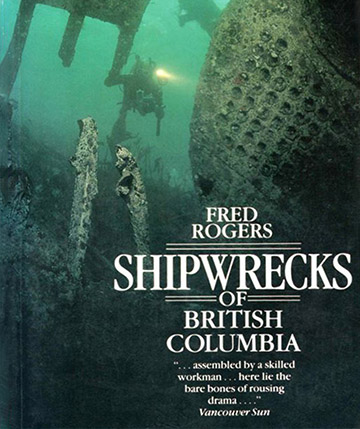
![]() Shipwrecks of British Columbia and More Shipwrecks of British Columbia are two great books that include many of the West Coast Trail shipwrecks. Not only did Fred Rogers write extensively about the history of hundreds of British Columbia shipwrecks, but he found, or rediscovered many of them. With his year of diving experience he even managed to dive the tumultuous, churning water in order to locate the Valencia shipwreck.
Shipwrecks of British Columbia and More Shipwrecks of British Columbia are two great books that include many of the West Coast Trail shipwrecks. Not only did Fred Rogers write extensively about the history of hundreds of British Columbia shipwrecks, but he found, or rediscovered many of them. With his year of diving experience he even managed to dive the tumultuous, churning water in order to locate the Valencia shipwreck.
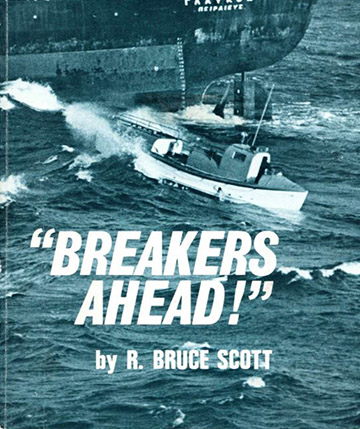
![]() "Breakers Ahead!" written by R. Bruce Scott, who began living in Bamfield in 1930 and spent the next few decades pushing for the development of a park on the west coast of Vancouver Island. After he retired in 1960, he began researching and writing this book, which he hoped would illustrate the interesting history of the coast and encourage its development into a park. In 1970 his book was published and the West Coast National Park was created.
"Breakers Ahead!" written by R. Bruce Scott, who began living in Bamfield in 1930 and spent the next few decades pushing for the development of a park on the west coast of Vancouver Island. After he retired in 1960, he began researching and writing this book, which he hoped would illustrate the interesting history of the coast and encourage its development into a park. In 1970 his book was published and the West Coast National Park was created.

![]() Shipwrecks Off Juan de Fuca by James A. Gibbs, published in 1968 is an amazing book about shipwrecks on both sides off Juan de Fuca Strait. What makes it such a great book is Gibbs lifetime of research on shipwrecks, his remarkable familiarity of the area and his tremendous ability to weave together the fascinating history of the area. He doesn’t just outline shipwrecks with a list of facts, but rather goes into details that bring the harrowing tales to life.
Shipwrecks Off Juan de Fuca by James A. Gibbs, published in 1968 is an amazing book about shipwrecks on both sides off Juan de Fuca Strait. What makes it such a great book is Gibbs lifetime of research on shipwrecks, his remarkable familiarity of the area and his tremendous ability to weave together the fascinating history of the area. He doesn’t just outline shipwrecks with a list of facts, but rather goes into details that bring the harrowing tales to life.
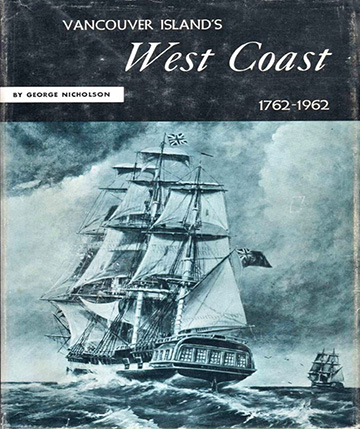
![]() Vancouver Island’s West Coast 1762-1962 by George Nicholson is a fantastic history that gives you a window to a staggering array of events that occurred during those two eventful centuries. The amount of research that went into this book must have been colossal. Dozens and dozens of beautiful illustrations bring the people and places to life. Published in 1965 after decades of living in the area, Nicholson is able to write about events he was part of.
Vancouver Island’s West Coast 1762-1962 by George Nicholson is a fantastic history that gives you a window to a staggering array of events that occurred during those two eventful centuries. The amount of research that went into this book must have been colossal. Dozens and dozens of beautiful illustrations bring the people and places to life. Published in 1965 after decades of living in the area, Nicholson is able to write about events he was part of.
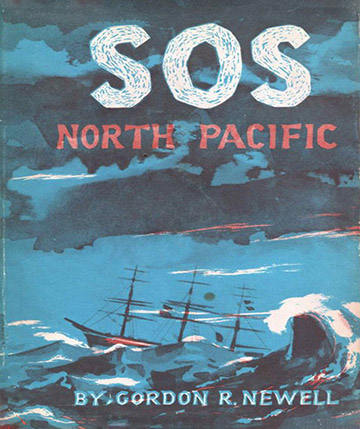
![]() SOS North Pacificby Gordon R. Newell, published in 1955 is a well written account of many of the most interesting shipwrecks that happened in the North Pacific from Grays Harbor in the United States up to Alaska. The only shipwreck along the West Coast Trail he writes about in wonderful detail is the Valencia, which he describes in thrilling detail. You can almost feel icy water as he depicts the victims of this tragic shipwreck slipping under the crashing waves.
SOS North Pacificby Gordon R. Newell, published in 1955 is a well written account of many of the most interesting shipwrecks that happened in the North Pacific from Grays Harbor in the United States up to Alaska. The only shipwreck along the West Coast Trail he writes about in wonderful detail is the Valencia, which he describes in thrilling detail. You can almost feel icy water as he depicts the victims of this tragic shipwreck slipping under the crashing waves.
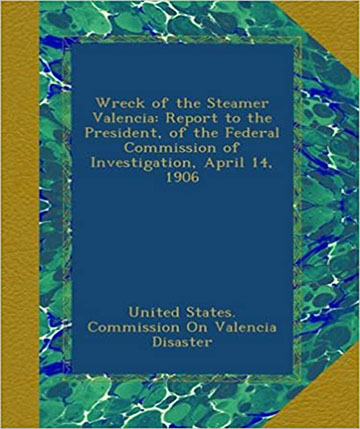
![]() The Wreck of the Steamer Valencia, written in 1906 is the result of the intense investigation by US government as directed by President Theodore Roosevelt. The result of the thorough investigation was made into a book widely distributed at the time. It lays out in methodical and tantalizing detail all the events that occurred leading up to, during and after the disaster. Many survivors and witnesses gave their accounts of what happened.
The Wreck of the Steamer Valencia, written in 1906 is the result of the intense investigation by US government as directed by President Theodore Roosevelt. The result of the thorough investigation was made into a book widely distributed at the time. It lays out in methodical and tantalizing detail all the events that occurred leading up to, during and after the disaster. Many survivors and witnesses gave their accounts of what happened.
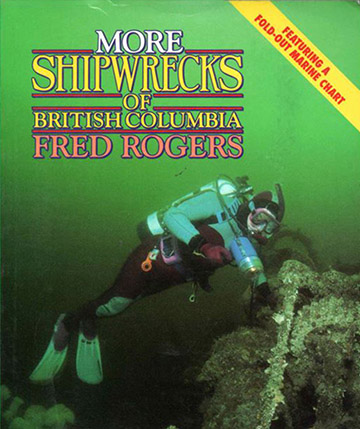
![]() More Shipwrecks of British Columbia by Fred Rogers follows his first book Shipwrecks of British Columbia. Taken together, these books cover a staggering number of shipwrecks all around Vancouver Island. What sets these two books apart from all other West Coast Trail shipwreck books is that Rogers is a wreck diver and has inspected up close, hundreds of shipwrecks, including many along the West Coast Trail.
More Shipwrecks of British Columbia by Fred Rogers follows his first book Shipwrecks of British Columbia. Taken together, these books cover a staggering number of shipwrecks all around Vancouver Island. What sets these two books apart from all other West Coast Trail shipwreck books is that Rogers is a wreck diver and has inspected up close, hundreds of shipwrecks, including many along the West Coast Trail.
West Coast Trail Guide
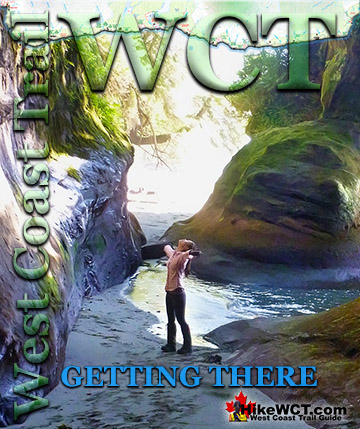
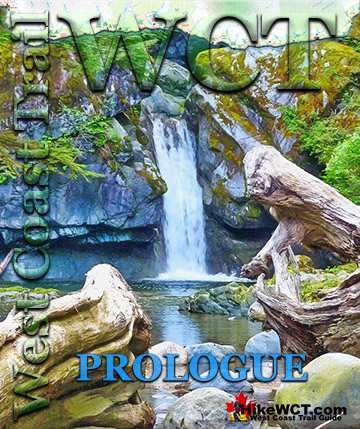
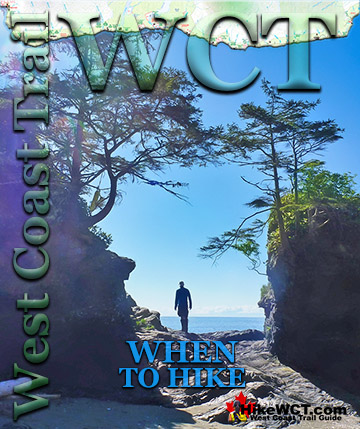
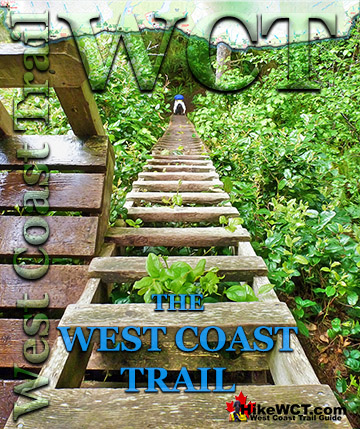
West Coast Trail Shipwrecks
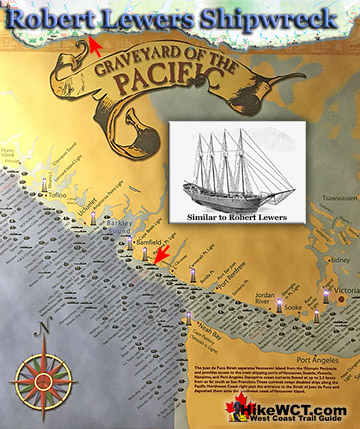

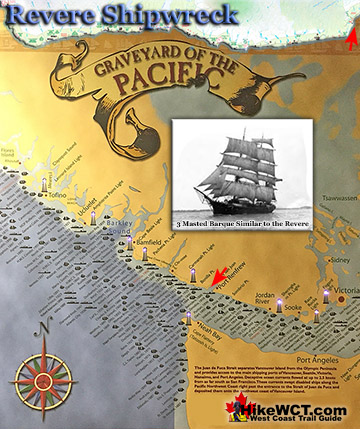
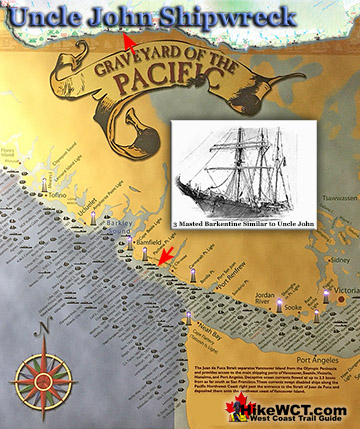
The Valencia Disaster
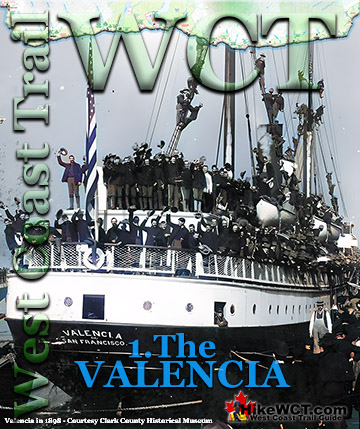
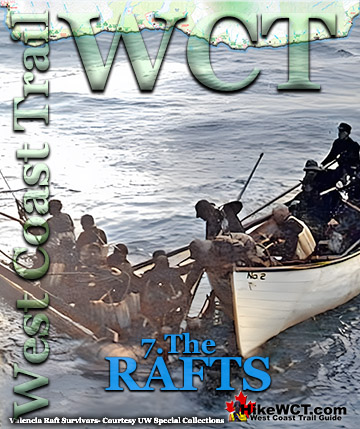
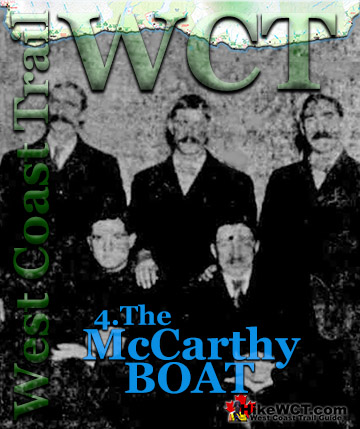

West Coast Trail Campsites
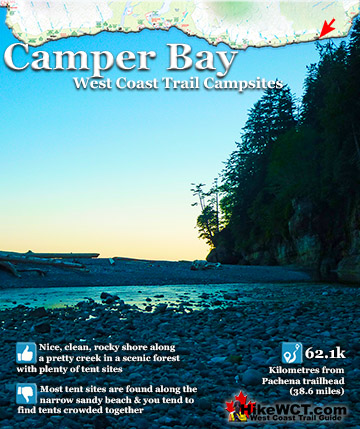

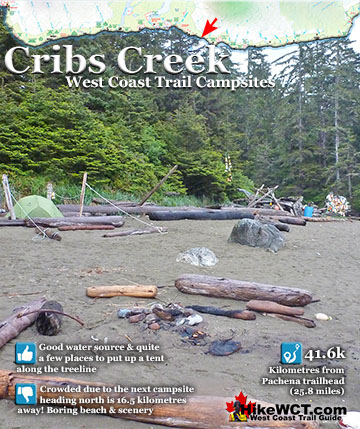
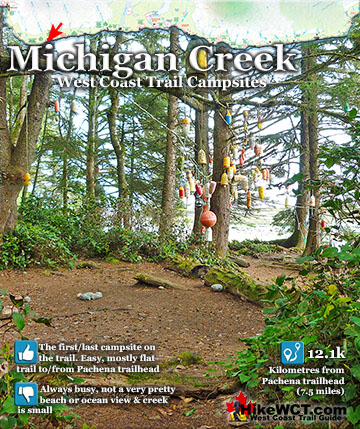
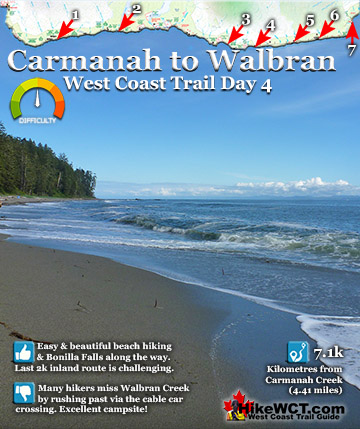

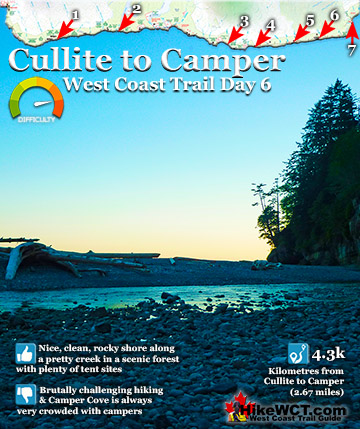
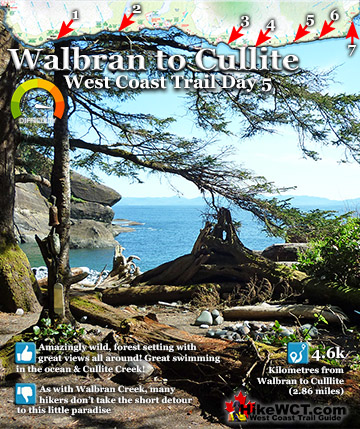
West Coast Trail A to Z
